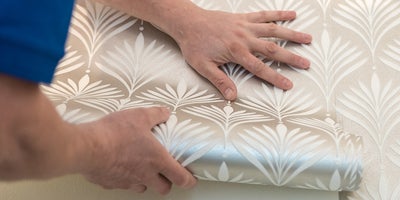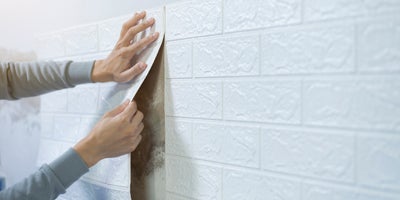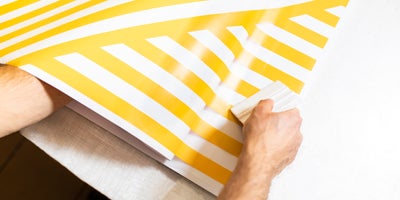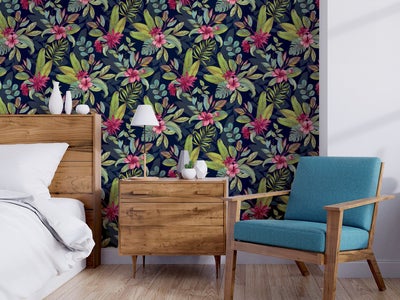Types of wallpaper and how to apply

Wallpaper has made a comeback in recent years, and with its newfound popularity comes a variety of styles, colours, and designs. With the wide selection of wallpaper now available, choosing the right type of wallpaper for your home can be a daunting task. To make it easier, it's important to consider factors such as the type of room you're applying the wallpaper to, the desired look and feel of the space, and the amount of effort you're willing to put into installation. To get started, let's take a look at some of the most popular types of wallpaper and how they can be applied to the wall.
Shop the Range






